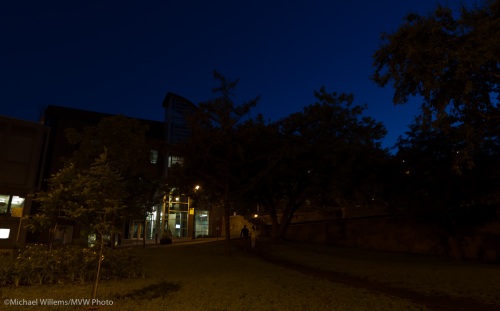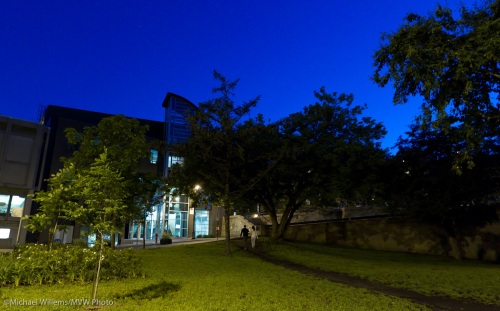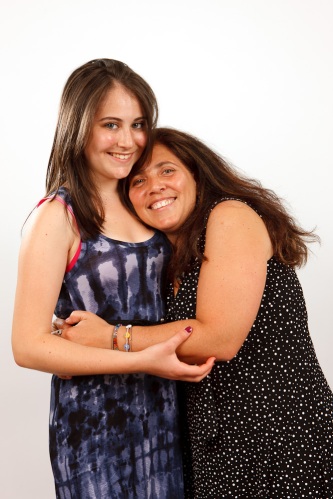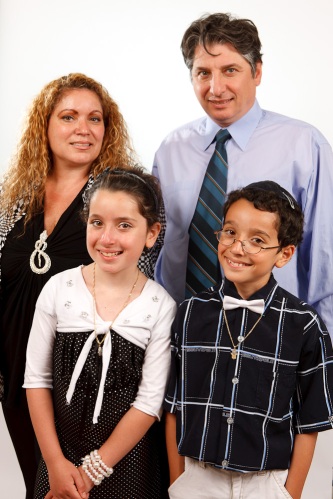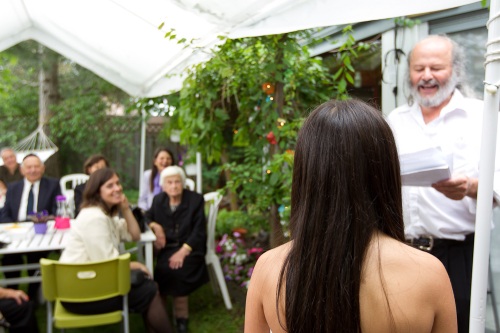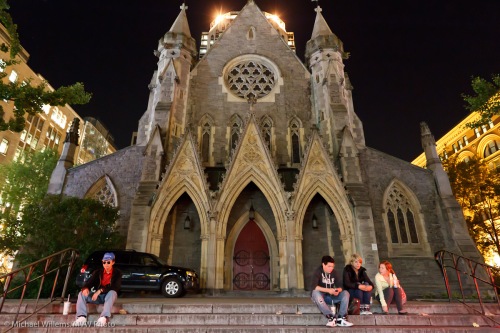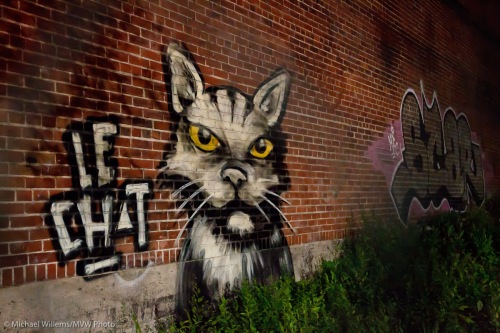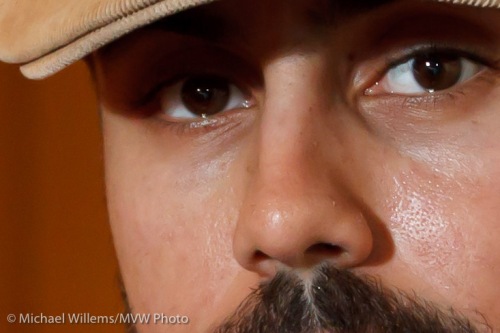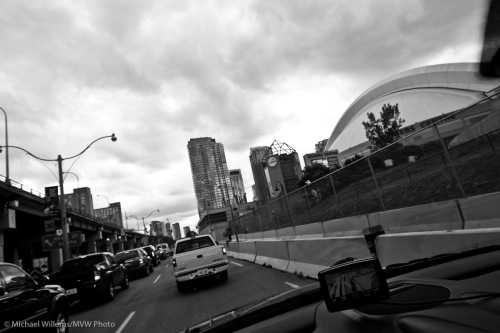..not the song, but it is model releases I am referring to. When do you need a model release?
First of all, I am not a lawyer, so I cannot give legal advice. Go to a lawyer if you need that.
I can, however, tell you best photo practices as I understand them. And these are as follows.
First, let’s talk about taking photos. In much of the world, including North America (but not Quebec, where permission must be forthcoming), you can take any photo you like, within reason, if you are on public property. Yes there are exceptions (so put away those thoughts of a long lens aimed into the neighbour’s bathroom as she steps naked out of the shower) but generally, you can shoot what you like. Shoot, not necessarily use.
Of course whether you want to shoot is another subject: you may choose to be nice, and not do it if anyone objects, or you may want to not do it for fear of being arrested, sometimes, like when the officer looks straight at you as he is beating up a subject.
Now about using your images. That is where releases may come in. A release is a form where the model tells you that “for valuable consideration received” (i.e. you paid, or gave something else in return) you are allowed to use the photo; you have the rights to it as set out in the release.
When do you not need that, first of all? When the photo is news, or art. You can shoot for art and you can shoot news, whether the holder of the rights (the person, or the owner of the car or building or trade mark) likes it or not. Yes that is right, there are building releases too.
But when do you need one? When you are going to use an image commercially. SO if you intend to use the street person oin an ad for your local chairty, get a release. If you want to use yothe girl in the street for a fashion ad, get a release. If you want to put the image on a product box, get a release.
A release can be hard to get (try in Africa), but it can also work for you. “Sign this release and I can send you a copy of your picture” is a good strategy.
So I always carry a little mini release. The full release is a page long, but the mini release just says a short version, see below, and I can fit three on a letter-sized page. That way I have something to ask people to quickly sign. I advise you do the same, carry some.
—————————————————————————————–
RELEASE
For valuable consideration received of ______________, I hereby grant to ____________________ (“Photographer”) and his/her legal representatives and assigns, the irrevocable and unrestricted right to use and publish photographs of me, or in which I may be included, for editorial, trade, advertising and any other purpose and in any manner and medium; to alter the same without restriction; and to copyright the same. I hereby release Photographer and his/her legal representatives and assigns from all claims and liability relating to said photographs.
Name (Print)__________________________________ Date _________________________
Signature ____________________________________ Phone _________________________
Address ____________________________________________________________________
If Minor, Name/Signature of Parent/Guardian __________________________________________

